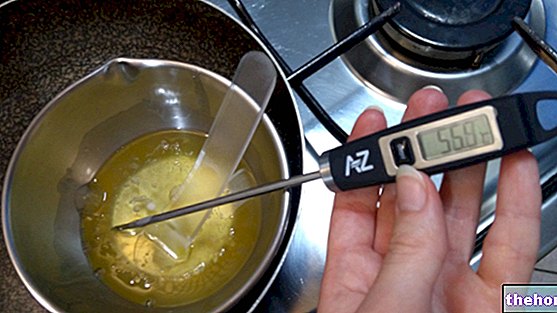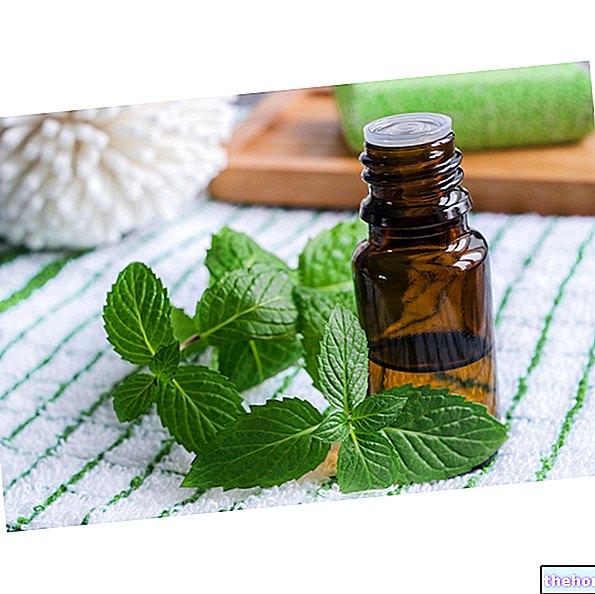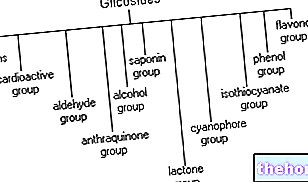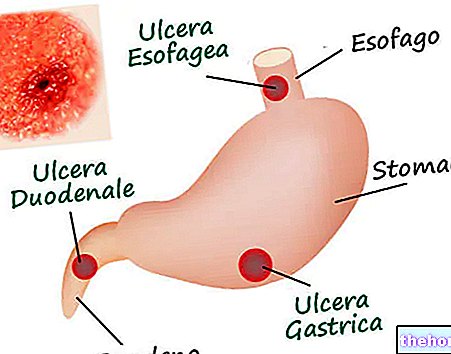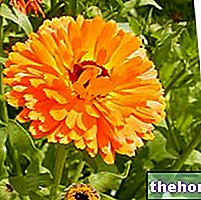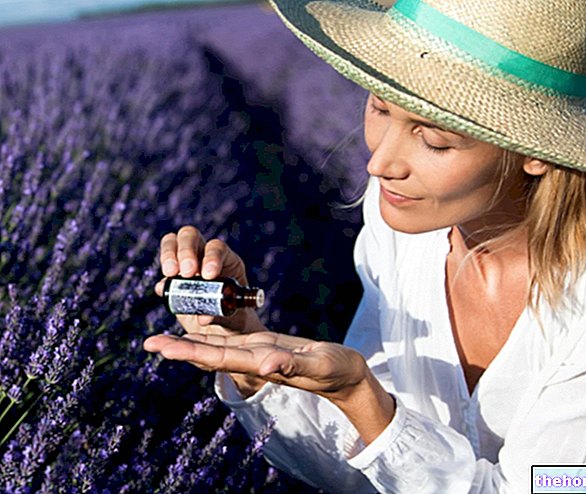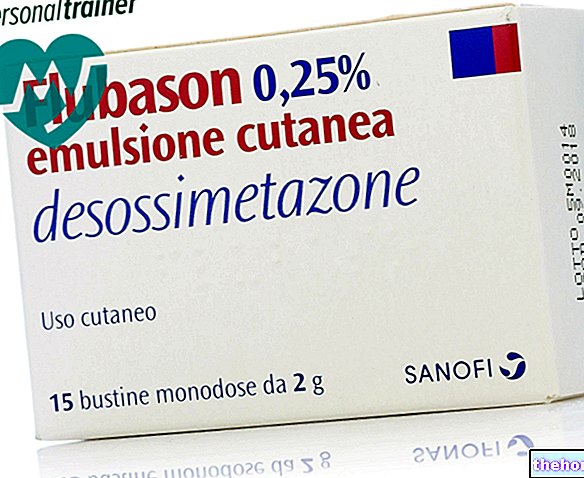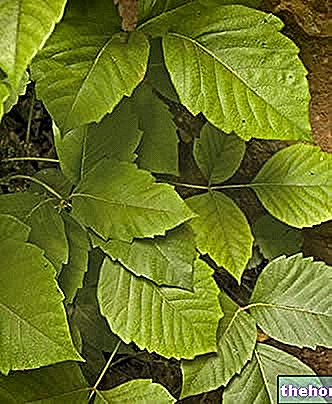etc., and on the basis of substitutions on the anthraquinone molecule in different positions.

The different types of anthraquinones are classified according to the different substituents in position C1, C9, C6 and C3. Basically, the main substituents are hydroxyls, ketones, methyls, methoxyls and carboxyls.
In particular, if two hydrogens are present in C10, we speak of antrone; if, on the other hand, hydrogens are present in C10 and OH in C9, we speak of anthranol, which is important because the anthranols are oxidized to anthrones and anthraquinones during drug processing.
The oxidation process of anthranols to anthrones and anthraquinones is extremely important, as it determines the correct herbal use of drugs. Anthranols, in fact, are extremely irritating molecules for the mucous membranes; for this reason, their oxidation determines a lowering of the irritating power, necessary to be able to carry out their correct laxative activity.
Anthraquinone compounds can also present the dimeric form in glycosylated form, called diantrone or diantrachinone or diantranol, depending on the origin of the two molecules that make up the dimer.
If the two monomers are the same we speak of homodianthrachinones, homodianthrons or homodiantranols; if different, we speak of heterodianthraquinones, heterodianthrons and heterodiantranols. Examples of dintrichinone molecules belong to a drug which, curiously, despite being an anthraquinone drug, does not have laxative properties; this is St. John's wort.
Hypericum has, in fact, antidepressant and healing properties.
(from which the juice rich in anthraquinones is obtained, today no longer usable as a laxative);Update: New European Regulation of 18 March 2021
On April 8, 2021, the ban on marketing foods and food supplements containing hydroxyanthracenes and their derivatives, a family of molecules contained in various plants, such as aloe, cassia, rhubarb and senna, came into force.
More in detail, the new European Regulation of March 18, 2021 - which came into force, precisely, April 8, 2021 - modifies Annex III of Regulation (EC) No. 1925/2006 of the European Parliament and of the Council to as regards the botanical species containing hydroxyanthracene derivatives.
The full text can be consulted by clicking here. However, we can summarize the main points as follows:
- The following are added to the list of substances whose use in food is prohibited (Annex III part A of the aforementioned regulation):
- Aloe-emodin and all preparations in which this substance is present;
- Emodin and all preparations in which this substance is present;
- Preparations based on leaves of Aloe species containing hydroxyanthracene derivatives;
- Dantrone and all preparations in which this substance is present.
- The following are added to the list of substances whose use in food is subject to Community surveillance (Annex III part C):
- Preparations based on the root or rhizome of Rheum palmatum L., Rheum officinale Baillon and their hybrids containing hydroxyanthracene derivatives;
- Preparations based on leaves or fruits of Cassia senna L. containing derivatives of hydroxyanthracene;
- Preparations based on bark of Rhamnus frangula L. o Rhamnus purshiana A.D. containing derivatives of hydroxyanthracene.


